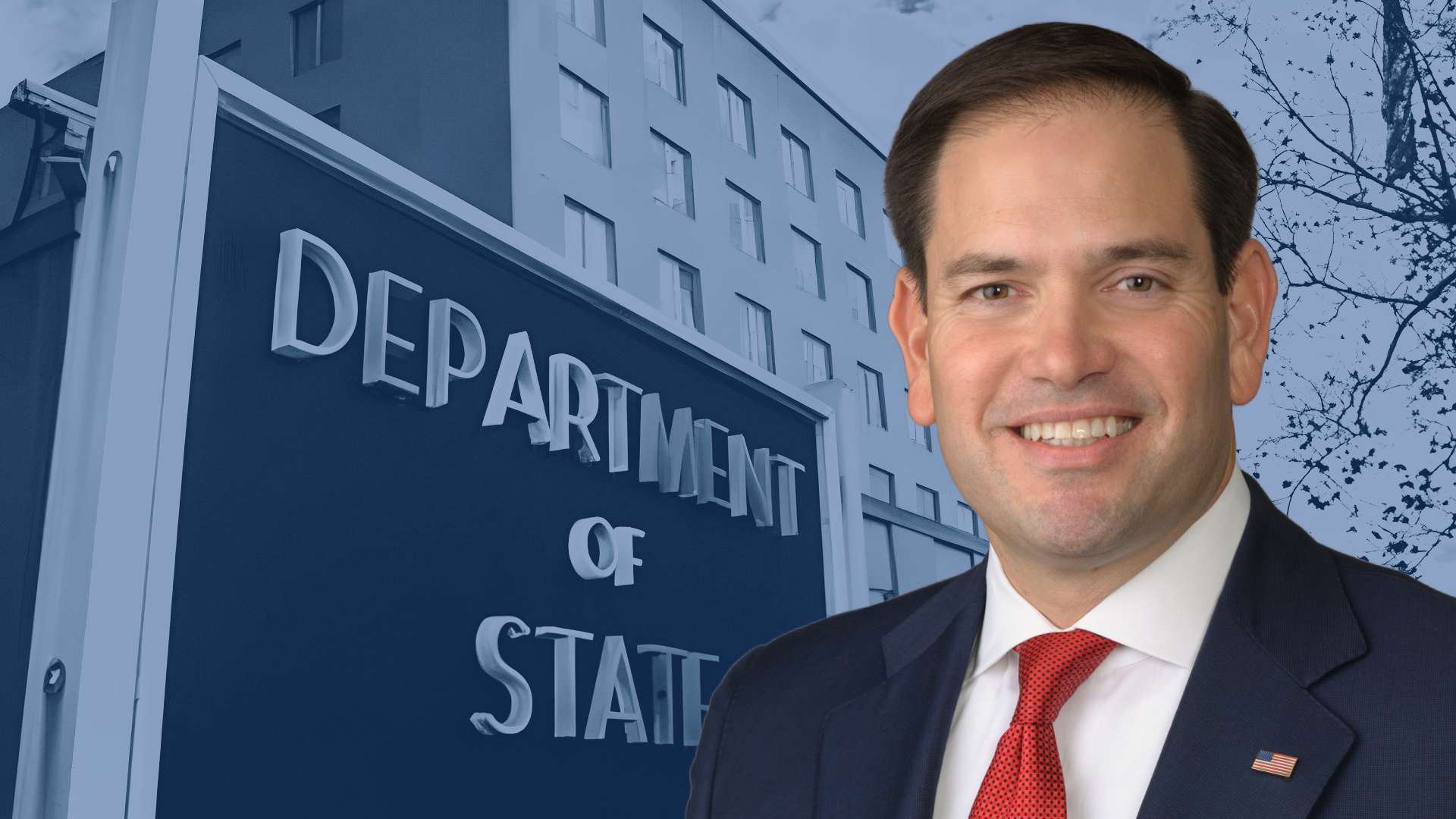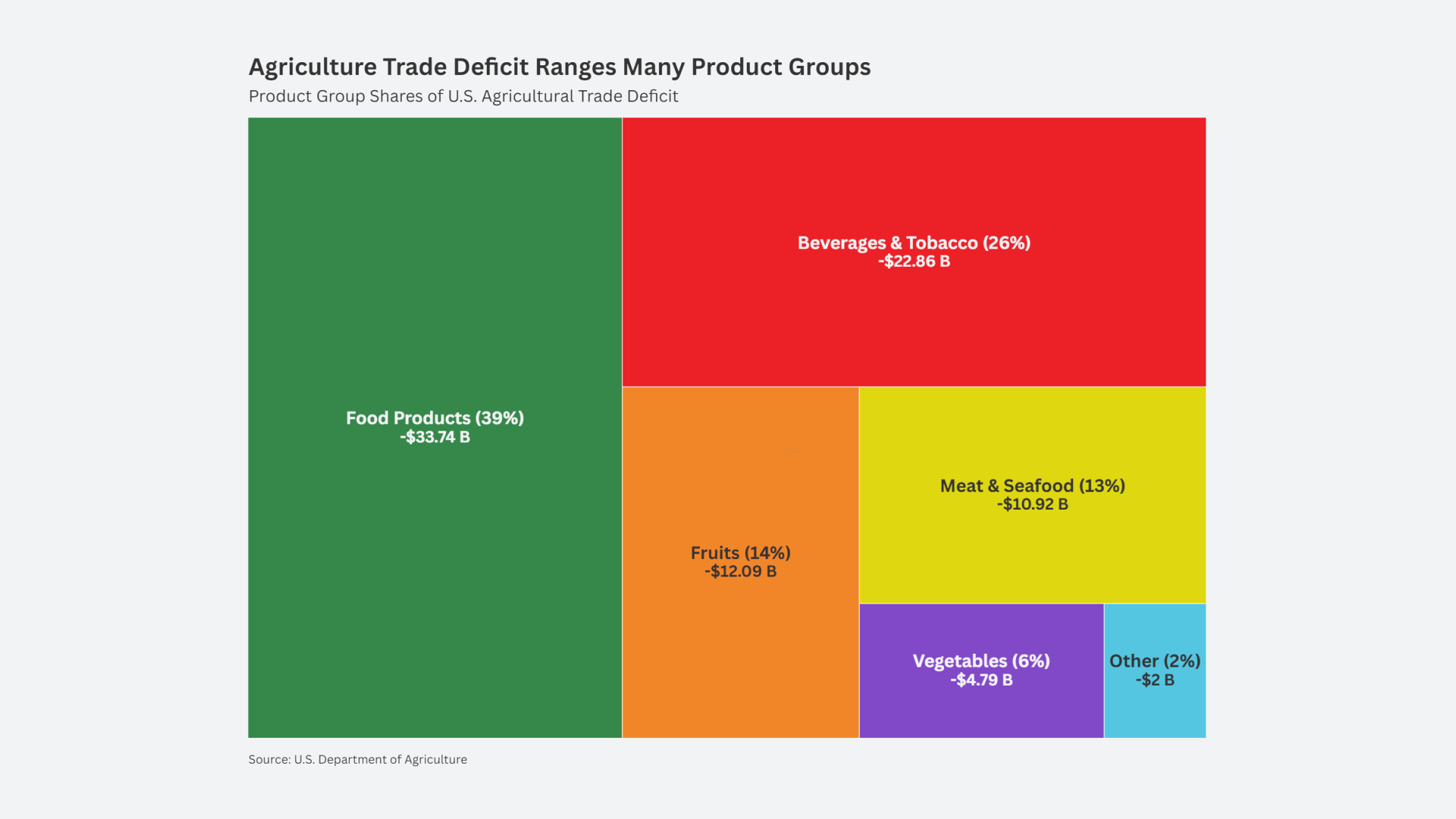
“What is good for growth in China is unfortunately bad for everybody else.”
– Bill McQuaker, co-head of the multi-asset team at Henderson Global Investors, quoted in Reuters
[Reposted from the Campaign for America’s Future blog | Dave Johnson | August 12, 2015]
China on Monday announced it is lowering the value of its currency about two percent in order to boost its economic growth by supporting its exporters. Traders are betting that the currency will fall further. Markets around the world are reacting negatively. What does this mean?
Bloomberg Business has the currency story, in China Rattles Markets With Yuan Devaluation,
China devalued the yuan in a move that rippled through global markets, as policy makers stepped up efforts to support exporters and boost the role of market pricing in Asia’s largest economy.
CNBC.com reported earlier this morning that U.S. stocks were set to take a double-digit tumble for the second consecutive day “after China moved to devalue its currency for a second day in a row.”
China has used currency manipulation as a form of subsidy for exports to cause things made there to cost less in world markets than things made elsewhere. China exports more and more; other countries are forced to import more and more. The resulting imbalance has thrown the world’s economy out of whack, including causing massive job losses in the U.S.
China’s currency had appreciated somewhat, until 2014. But it has been kept from reaching “market rates.” And, pegged closely to the dollar, it was rising against other competitors as the dollar rose, making China less competitive with them. After 2014 it began to drop again, as China tried to push its own economy. Now, there was a huge 2 percent drop in a day.
The New York Times Upshot, in “Why Did China Devalue Its Currency? Two Big Reasons,” writes:
The renminbi on Monday was at about the same exchange rate versus the dollar that it was in mid-December. But in that span, the dollar index was up 8.7 percent, meaning the dollar — and by extension the renminbi — were up that much against the currencies of other advanced nations like the euro, the Japanese yen and the British pound.
Linking the value of its currency to the dollar has had benefits, but in the last year has come at a big cost: It has resulted in the renminbi’s rise against competitors and trading partners at a time the economic fundamentals of China would argue for it to fall.
Market Rates?
Until now China closely controlled the value of its currency, only allowing it to move a fraction each day. They had said they would allow movement in a “band” of 2 percent, but this had not happened. Suddenly this week they allowed it, and said they would continue to allow it. Traders are betting this will happen – that the currency is actually overvalued because China’s economy is slowing. But until there is an actual open market there is no real way to know.
If China is going to really allow the currency to float to market rates, it could continue to move dramatically up or down until traders believe it is where it should be. This will roil markets and pricing, but after some time things will settle.
China Slowdown Fears, Capital Flight
The Bloomberg report also echoes fears that this big move by China reflects that their economy might be in worse shape than reported, always a concern:
The announcement suggests policy makers are now placing a greater emphasis on efforts to combat the deepest economic slowdown since 1990 and reduce the government’s grip on the financial system. Authorities had been propping up the yuan to deter capital outflows, protect foreign-currency borrowers and make a case for official reserve status at the International Monetary Fund.
So in addition to fears that China’s move will slow the economies of other countries by cutting their exports further, there are concerns that the move is a desperate act by China, reacting to internal knowledge of problems.
The problem with this move by China is that it risks accelerating another of China’s problems – capital flight.
As China’s currency falls it risks increasing “capital outflow” and “flight” from cash flowing out of China to protect its value. As a currency strengthens, “hot money” capital flows in, as it weakens capital flows out. If China’s currency is weakening money will flee.
Currency War?
Some warn China’s sudden and huge move could bring about a currency war. Here’s Bloomberg again:
China’s move has raised the risk of a “currency war” as export rivals seek a weaker exchange rate to stay competitive, according to Stephen Roach, a senior fellow at Yale University and former non-executive chairman for Morgan Stanley in Asia.
“It’s hard to believe this will be a one-off adjustment,” Roach said. “In a weak global economy, it will take a lot more than a 1.9 percent devaluation to jump-start sagging Chinese exports. That raises the distinct possibility of a new and increasingly destabilizing skirmish in the ever-widening global currency war. The race to the bottom just became a good deal more treacherous.”
A Boost For China, The Rest Of Us Not So Much
Cutting the value of their currency is not a policy that will boost the world’s economy. It will come at the expense of export growth in other countries, mostly but not limited to ours. Further, investment manager Bill McQuaker’s statement that “what is good for growth in China is unfortunately bad for everybody else” is not exactly a complete interpretation. The resulting capital outflow is bad for China.
China’s growth does not have to be at the expense of others. China could boost its own growth in ways that are not “bad for everyone else” by allowing a currency and trade balancing and the resulting overall increase of world trade over the longer term. But this would not provide an immediate shot in the arm in the way the mercantilist policies of currency and other manipulation have done. China’s current policies essentially steal the business from other countries and do not expand overall growth and stability.
Our Trade Polices Cause U.S. Job Loss
Meanwhile the U.S. will not adopt trade policies that benefit the overall U.S. economy. June’s U.S. trade deficit with China was an enormous, humongous $29 billion – in just one month and just with China. This deficit is a metric for measuring the loss of jobs, factories and overall wealth from our economy.
China does what China does, for China. The U.S. should do what the U.S. needs to do, for the U.S. Instead, our “free trade” ideology causes us to let mercantilist countries do what they do. Our government’s refusal to confront China’s currency manipulation, with factories leaving the country and shipping the same goods back, the resulting loss of jobs and drop in U.S. wages benefits a few people at the top of our system.
An issue brief released Tuesday by the Economic Policy Institute (EPI), “Manufacturing Job Loss: Trade, Not Productivity, Is the Culprit,” explains how manufacturing jobs began to drop rapidly in 2000. “Specifically, between 2000 and 2007, growing trade deficits in manufactured goods led to the loss of 3.6 million manufacturing jobs in that period.” That was before the recession. And since? “[O]nly about 900,000 of the 2.3 million manufacturing jobs lost during the Great Recession have been recovered.”
This job loss was the result of trade policies and not technological advancements. Robert Scott, EPI’s Director of Trade and Manufacturing Research said, “Manufacturing job losses are not the inevitable result of technological progress. They were caused by trade policy, and they can be reversed by trade policy. We are not losing manufacturing jobs to robots, we’re losing them to China.”
This is the result of policies, not some inevitable law of nature, not technological change. This means we can do something to make things better. But our government will not confront China’s currency manipulation, and our trade and tax policies encourage deindustrialization, taking advantage of low wages and the absence of environmental, safety and other regulations in countries where people do not get much of a say, like China and Vietnam. Selling the same goods but paying less to produce them means there is a bunch of extra cash in the pockets of U.S. “investors.” But they do not reinvest here because the resulting unemployment and drop in wages causes slack demand. And on it goes as the world’s imbalances grow and grow.













